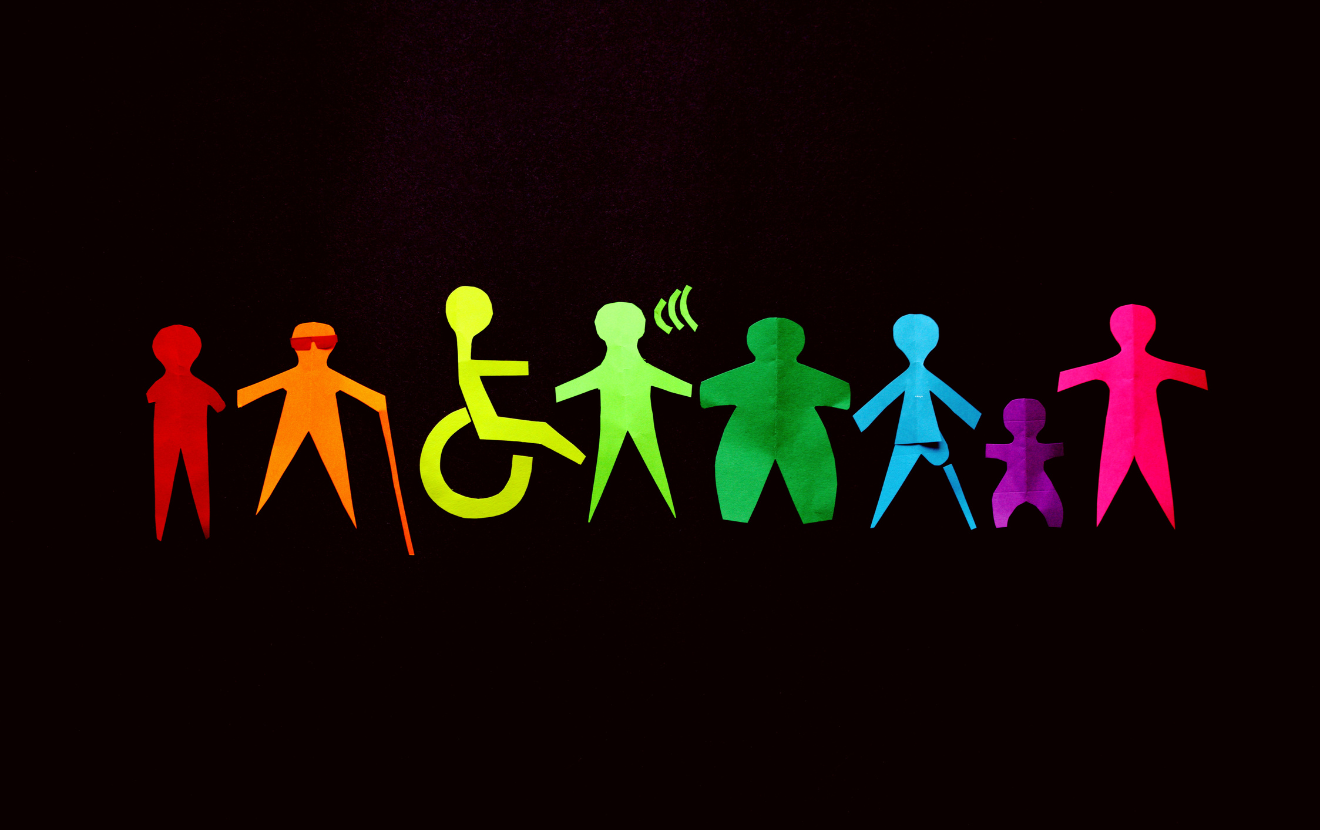With more than 77% of Americans experiencing financial anxiety and 58% reporting that finances control their lives, it’s undeniable that Americans are experiencing a negative impact on their mental health due to finances. Financial wellness and mental health are closely connected, and it’s crucial to understand how they interact with each other when exploring how your credit union can make a positive impact.
The link between financial wellness and mental health runs deep. According to the Money and Mental Health Policy Institute, 86% of people with mental health issues say that debt worsens their mental health. When people do not have the tools they need to build a healthy financial foundation, both their finances and mental health suffer. Credit unions have a unique opportunity to use financial education to help members alleviate anxieties and make strides toward greater financial well-being. Financial education from credit unions like yours empowers members to free themselves from a cycle of financial difficulties and anxiety.
The role of financial education
Current events can contribute to financial stress, such as rapid inflation and the continued layoffs that are signaling an imminent recession. But there’s another underlying factor of increased financial stress: a lack of financial literacy. This lack of education has been linked to high financial anxiety, which can be a major barrier to achieving financial wellness. Generally, Americans across generations have low levels of financial literacy. TIAA’s annual P-FIN Index report (which measures individuals’ financial literacy rates based on a survey covering several areas of financial skills) found that participants from Gen X, Y, and Z were able to answer less than half of the questions correctly. This points to a generational decline in financial literacy, which could also help explain why younger generations are facing mental health issues at alarming rates.
Financial literacy and financial wellness, while similar, are two distinct concepts. Financial literacy refers to the understanding of basic financial concepts, making it a stepping stone to achieving financial wellness. In other words, knowledge regarding money management is necessary to actually make strategic financial decisions. The TIAA Institute highlights the link between financial literacy and financial wellness, revealing that those with low financial literacy levels are 6 times more likely to have difficulty making ends meet when compared to those with high financial literacy levels.
Credit unions have the opportunity to help bridge this gap and connect members to the financial education they need. But not all education is created equal. When looking at financial education programs, it’s important to find one that maximizes education for learners. When members learn efficiently and effectively, they can begin to implement their newfound knowledge in their everyday lives and improve their financial situation. And that’s the ultimate goal: using financial education to achieve financial wellness.
The benefit to credit unions
Offering financial education not only benefits members, but it’s a meaningful way to engage with your community. Not only will you take an active role to help relieve financial anxieties, but implementing financial education can strengthen your relationships with account holders. You can build loyalty and recognition within your community by providing multiple touchpoints for members to connect with your institution. Promoting financial services, financial education, and financial wellness are great examples.
Credit unions have the tools to help members achieve their financial wellness goals and bridge the gap between finances and mental health. If you’re interested in taking a larger step toward educating, engaging, and alleviating stress for your community, Zogo is here to help. Request a demo to learn more about the benefits of partnering with us to empower your community.








